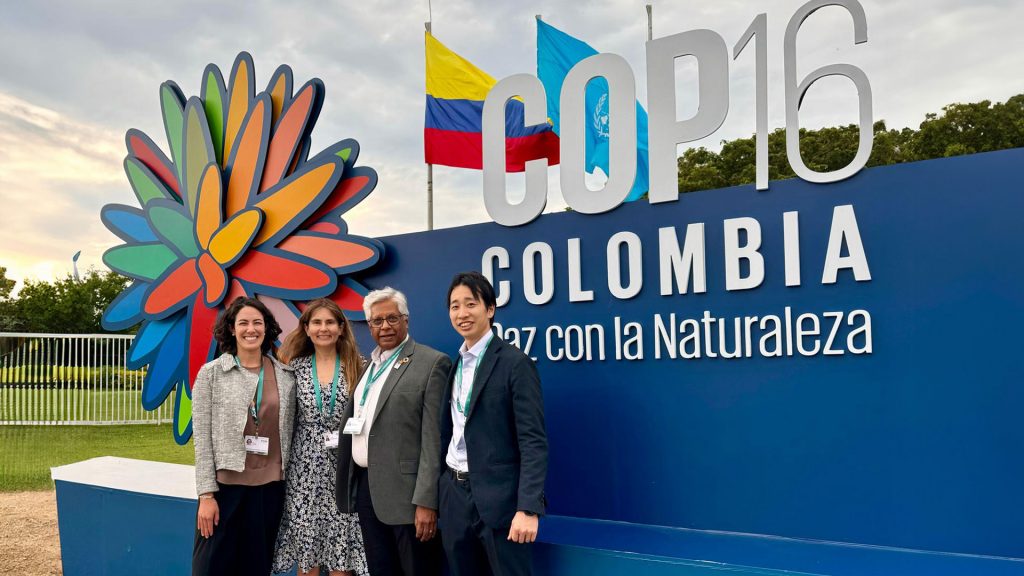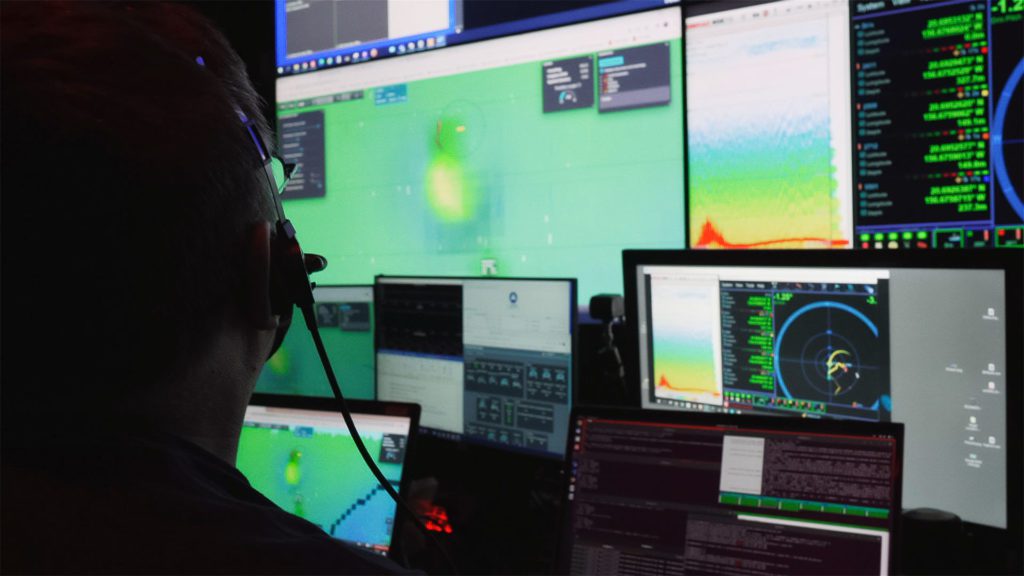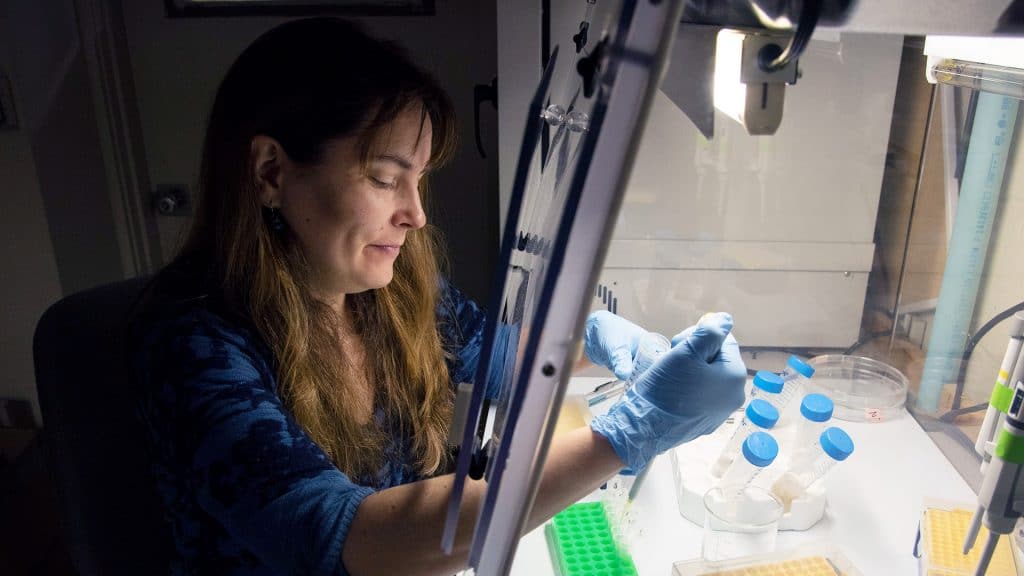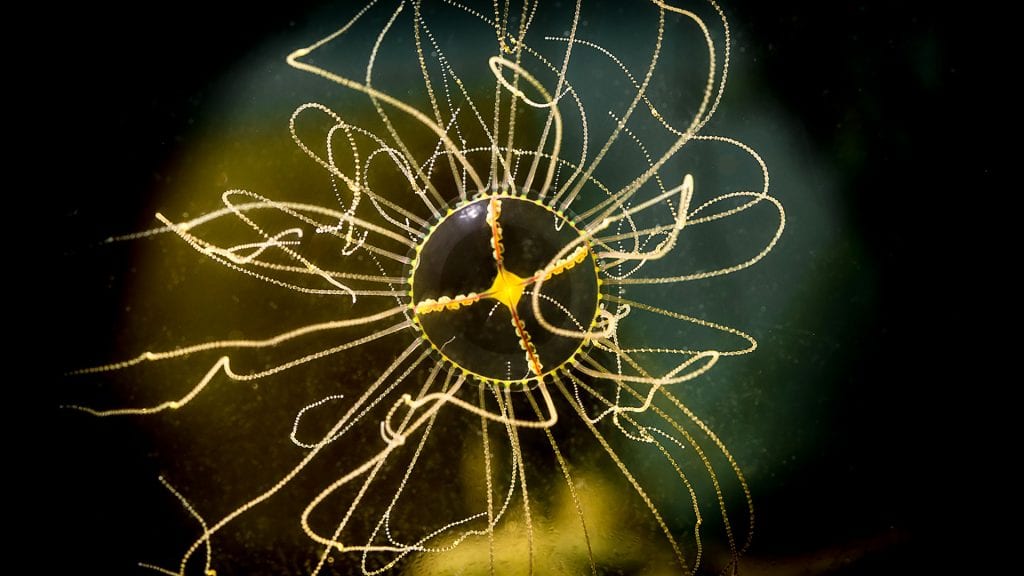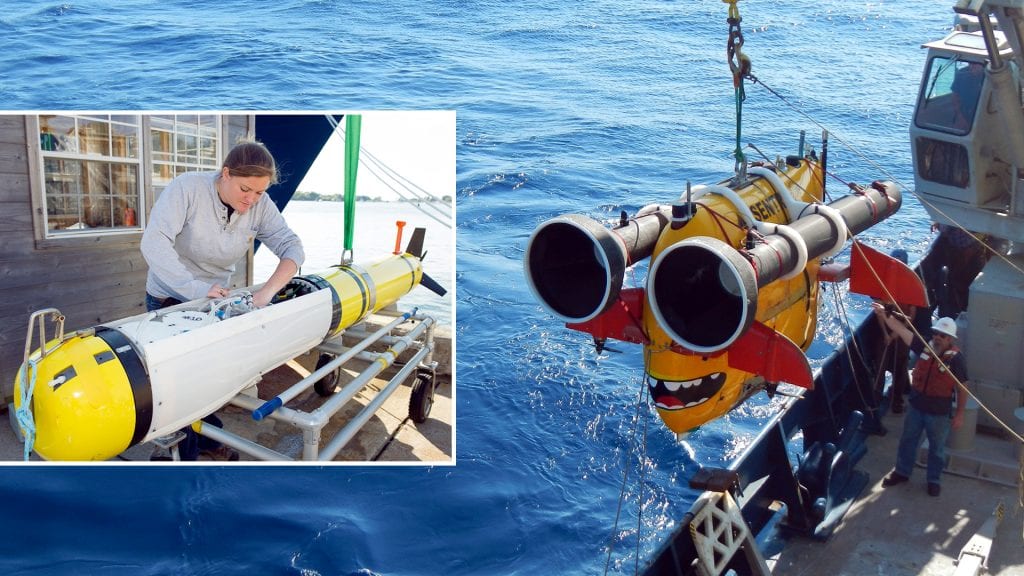Annette Govindarajan
Refine by
Date
Topic:
Article Type
Special Series
Author
The case for preserving deep-sea biodiversity
WHOI biologist Annette Govindarajan offers her takeaways from the COP16 UN Convention on Biological Diversity in Colombia
Round Up the Unusual Suspects
A variety of genetic techniques are advancing ocean scientists’ ability to identify which organisms live where in the vast ocean twilight zone and to find previously unknown species.
The Deep-See Peers into the Depths
Decades of research from many WHOI scientists and engineers have culminated in a multifaceted vehicle to explore deep-sea marine life.
Mission to the Ocean Twilight Zone
The twilight zone is a part of the ocean 660 to 3,300 feet below the surface, where little sunlight can reach. It is deep and dark and cold, and the pressures there are enormous. Despite these challenging conditions, the twilight zone teems with life that helps support the ocean’s food web and is intertwined with Earth’s climate. Some countries are gearing up to exploit twilight zone fisheries, with unknown impacts for marine ecosystems and global climate. Scientists and engineers at Woods Hole Oceanographic Institution are poised to explore and investigate this hidden frontier.
Tiny Jellyfish with a Big Sting
Clinging jellyfish in waters near Vladivostok, Russia, are known for their painful, toxic stings. In the U.S., where clinging jellies had been relatively harmless, a new, venomous variety has recently appeared on Cape Cod, Mass., and in nearby regions. WHOI biologist Annette Govindarajan is using genetic techniques to trace their geographic origins.
PlankZooka & SUPR-REMUS
Much of marine life begins as microscopic larvae—so tiny, delicate, and scattered in hard-to-reach parts of ocean that scientists have had a tough time illuminating this fundamental stage of life in the ocean. To see…

